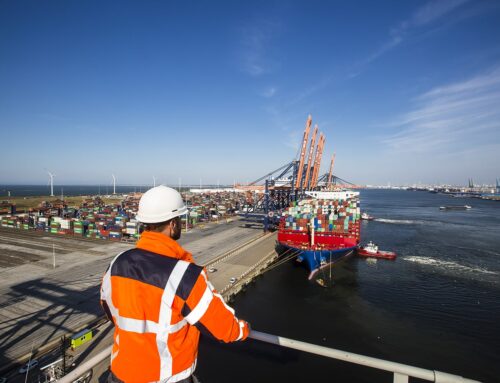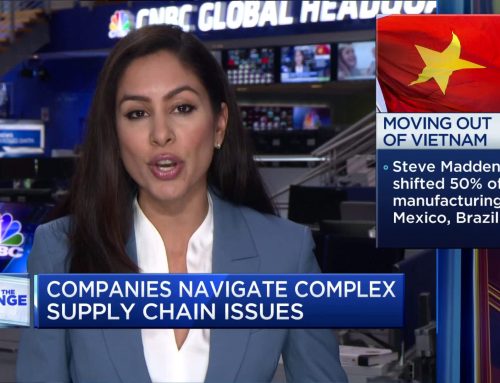Manufacturing disruptions can have serious consequences for businesses, from lost sales and revenue to damaged relationships and reputations. In today’s fast-paced and competitive world, it is essential for companies to minimize disruptions and to protect their operations and customers.
But just how much do manufacturing disruptions cost? The answer is, it depends. The cost of a disruption can vary greatly depending on a range of factors, including the severity and duration of the disruption, the impact on the business and its customers, and the effectiveness of the response and recovery.
Some of the key costs associated with manufacturing disruptions include:
- Lost sales and revenue. When a disruption occurs, production may be halted or slowed down, which can lead to lost sales and revenue. This can be particularly damaging for businesses that operate on tight margins or that have a large number of customers.
- Damaged relationships and reputations. Manufacturing disruptions can lead to customer dissatisfaction and frustration, which can damage the relationships and reputations of businesses. In today’s digital world, negative feedback and reviews can spread quickly, and can have a lasting impact on a business’s reputation and credibility.
- Increased costs and expenses. Manufacturing disruptions can lead to a range of additional costs and expenses, such as overtime pay for workers, the cost of hiring temporary staff, and the cost of repairs and replacements. These costs can add up quickly, and can have a significant impact on a business’s profitability and competitiveness.
- Legal and regulatory penalties. In some cases, manufacturing disruptions can lead to legal and regulatory penalties, such as fines for violating safety standards or environmental regulations. These penalties can be costly and damaging, and can further impact a business’s bottom line.
In conclusion, the cost of a manufacturing disruption can vary greatly, depending on the specific circumstances and impact of the disruption. However, it is clear that the costs can be significant, and can have lasting effects on a business’s performance and profitability. Therefore, it is essential for companies to take steps to prevent and mitigate disruptions, and to develop effective response and recovery plans. By minimizing disruptions and protecting their operations, businesses can reduce their costs, improve their relationships with customers, and enhance their competitiveness in the marketplace.




